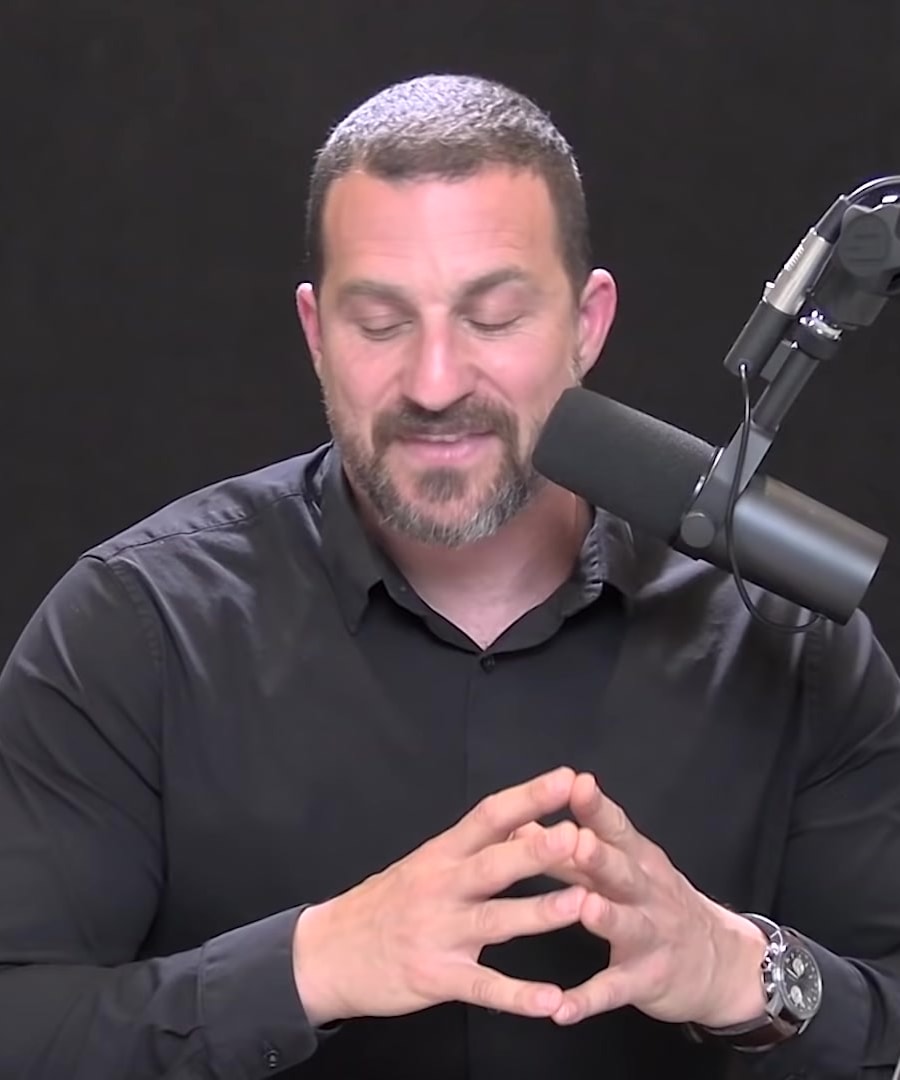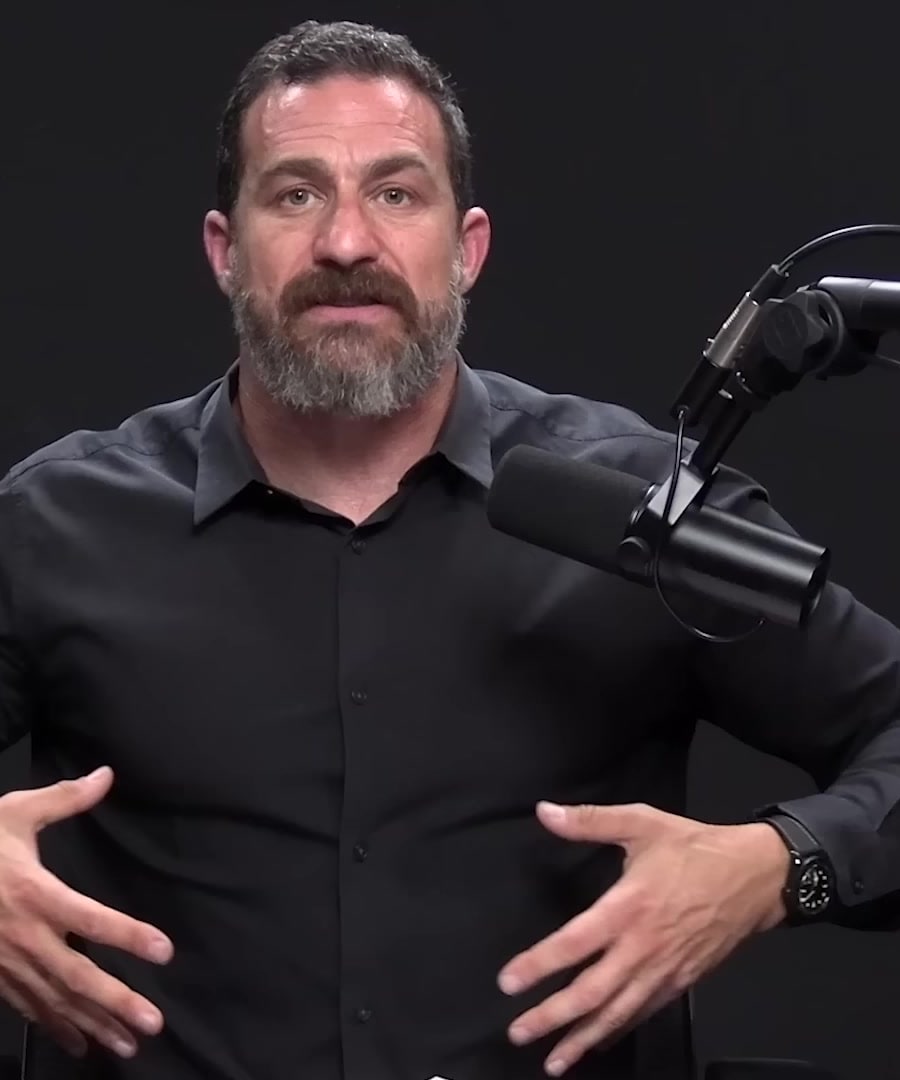Rotation
Sources:
Rotation in Exercise and Training: Insights from Andrew Huberman:
-
Rotational Exercises:
- According to and , a quality rotational movement in strength training can be done using a cable machine where you pull the cable towards yourself and rotate, resembling swinging a golf club or baseball bat. This kind of movement engages multiple planes and requires a fresh nervous system to avoid fatigue and maximize efficacy 1.
-
Flexibility and Neural Innervation:
- Huberman explains that flexibility is influenced by neural innervation rather than just muscle and tendon elasticity. When muscles reach their maximum stretch, nerves inhibit further elongation. This neural control extends beyond just physical limb movements and includes visual inputs and compensatory eye movements to maintain stability and coordination during activities like walking or driving 2.
-
Shoulder Rotation and Health:
- emphasizes the importance of external rotation exercises for shoulder health, pointing out that neglecting these exercises can lead to imbalance since the chest and lats naturally favor internal rotation. Strengthening the rotator cuff muscles through external rotations helps maintain joint stability and improves overhead movements 3.
-
Core Stability and Anti-Rotation:
- For core training, Huberman recommends focusing on anti-rotation exercises, which prevent unwanted body twisting during movements. This type of training mimics real-life scenarios, like reaching or lifting objects while maintaining stability, and enhances abdominal and spinal stability by maintaining a forward-facing posture during resistance training 4.
These insights illustrate the broad applicability and importance of rotational movements in various aspects of physical training and neurological health.
RELATED QUESTIONS-



